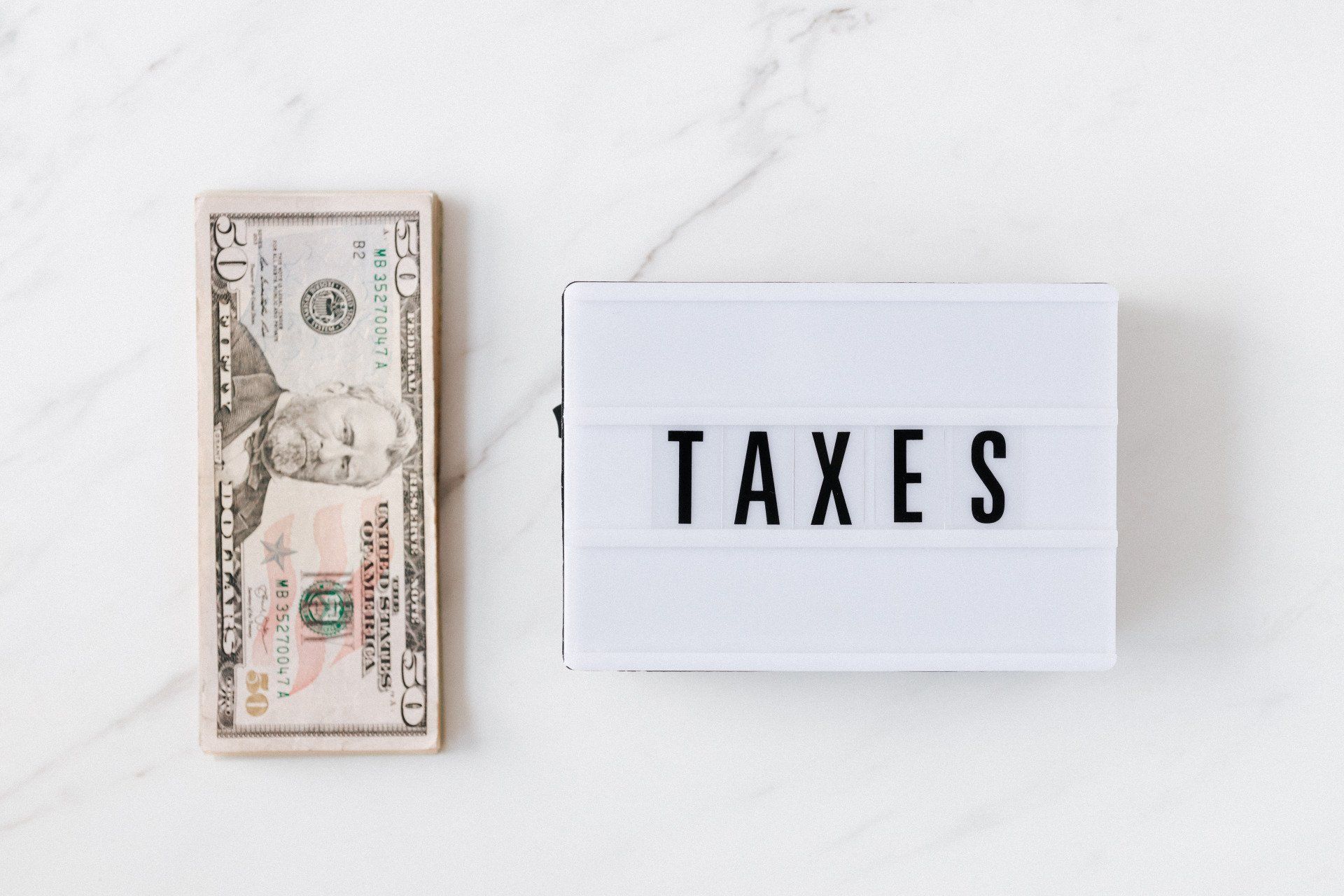




Fill out our short questionnaire to see
if we are a good fit!

Over the years, I have found that many owners work their butt off, but when they look at their financial statements, they scratch their head and wonder if the work was worth it. For me, the key is to be intentional…to mind the store…to know exactly what is going on with your money. The proverb says to “Be sure to know the condition of your flocks and herds.” (Proverbs 27:23)
I remember early in my married life, sitting at the kitchen table looking at my checkbook (yes, it was in the early 1990’s when people had checkbooks!) I was stressed, overwhelmed, and depressed. I had $17 in the bank to buy groceries that week. What did I do (after crying)? I stretched that $17 as far as I could. And…I did not go hungry.
On the flip side, there have been times when I had enough money and I did not look at the bank account balance. I just spent whatever I wanted, not giving a second thought to upcoming bills.
Yet, in business, you would be foolish if you did not have a plan for spending. You might be surprised to know that some business owners don’t pay themselves. Some business owners are in debt to their eyeballs. Some business owners act like money is flying in the door when their financials show a significant loss.
I recently read the book, Profit First by Mike Michalowicz. I met Mike at a QuickBooks Conference in San Jose, CA. While his book has many golden nuggets of wisdom, he is hilarious in person and his audiobook was the most entertaining book I have ever “read”.
Mike gives an analogy in his book of when business owners use their bank account balance to dictate their spending. Here is my rendition of the story:
How much toothpaste do you use when you have a brand-new tube? A big ol’ glob of it, right? So, you put a nice long bead on the brush. Then before you start brushing, you turn on the faucet to moisten up the brush a little. Then it happens…the bead falls into the sink! But who cares, right? You just opened up that tube! You have tons of the stuff. So, you will put another big ol’ glob on the brush anyway. But what happens when you open up the cabinet drawer and find a nearly empty tube… Oh my, how the game changes! It starts out with an insane amount of twisting, squeezing, and turning. You reach for your toothbrush, momentarily releasing a little bit of your vice grip on the tube, and like a tortoise head when a three-year-old comes at it with a stick, the paste shoots back into the tube. Then you scoop out the toothpaste with the bristles of the brush and you have victory. Just enough for that fresh mouth sensation.
Mike uses this example to demonstrate that we change our behavior based upon what is available. When you have less, you become frugal and you become extremely innovative. When you have more, you spend and don’t mind much if some paste falls off the brush.
Mike recommends setting up additional bank accounts for profit, owners compensation, taxes and operating expenses. When there is less money in the operating account, you figure out a way to squeeze every last bit of cash to cover expenses. You are forced to think smarter and innovate more. The goal is to win over your mind. Set aside funds and allocate them for specific purposes.
If you could run your business off $1000, you can surely run it off $990. If you don’t have any profit at all right now, target 1% profit. Twice a month, look to see what your total income was for the past two weeks and transfer 1% to another bank account designating it for profits. You will then realize that taking your profit first isn't so scary after all.
Profitability isn't an event; it is a habit.
Part 3 of this article will be the PRACTICAL SIDE to the Profit First System. I will show you how to assess your current situation. Then, I will provide you target percentage allocations of what you should be setting aside for profit, owners compensation, taxes and operating expenses based upon your company’s revenue. Can’t wait to get the article? Email me directly and I will share it with you before we publish it to our blog: Renee@adminbooks.com.
Instead of twisting, squeezing and turning, are you ready to have peace of mind when it comes to your finances?







